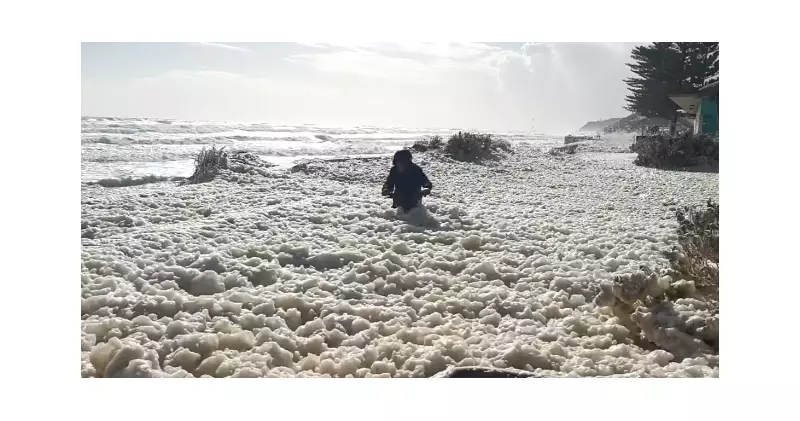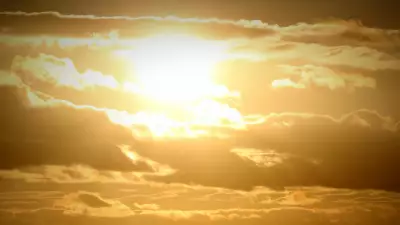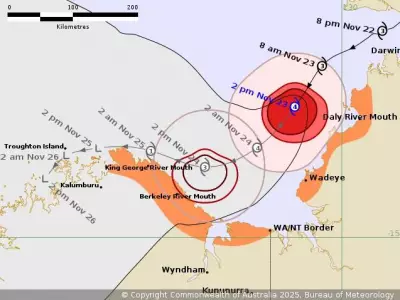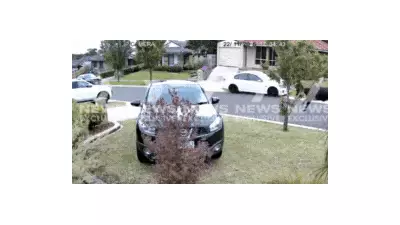
South Australia's picturesque coastline is facing an environmental crisis as a persistent toxic algal bloom continues to cause mass wildlife deaths and coat beaches in a thick, milkshake-like foam, despite recent testing indicating a decline in the primary toxic species.
Blooms and Beach Foam: An Unwelcome Visitor
The alarming phenomenon was first spotted by surfers at Waitpinga, roughly 100 kilometres from Adelaide, on March 15. Since then, the situation has evolved, with beaches across the metropolitan area, including Glenelg, Grange, and Henley, being inundated by a dense foam that locals have compared to a giant bubble bath.
According to Mike Steer, Executive Director of the South Australian Research and Development Institute (SARDI), this frothy mess is the result of a natural 'washing machine' effect. "Strong winds, rain and excess organic matter from algae, plant material, sediment and even dead fish are being churned up", Steer explained, creating the pervasive foam that has even covered boardwalks, as witnessed near the Moana Lifesaving Club.
A Devastating Toll on Marine Life
While the visual impact of the foam is striking, the ecological consequences are far more severe. The bloom, driven by the species Karenia cristata, has been linked to a devastating marine mortality event. Current estimates from the platform iNaturalist place the ocean death toll at a staggering over 90,000 animals since January.
Thousands of leatherjacket fish have recently washed up on metropolitan shores, with cleanup crews working to remove piles of the deceased species at Seacliff. Steer clarified that these fish are "succumbing to suffocation" in deeper waters where the algae concentration remains high, before onshore winds push their bodies onto the beaches.
A Cautious Path to Recovery
There is a glimmer of hope amidst the devastation. SARDI's latest testing reveals a "significant reduction" in Karenia cell counts along the coastline. In a positive sign, chlorophyll levels are also beginning to return closer to long-term averages. Authorities confirmed that this week, 18 of 31 metropolitan sites recorded no or low Karenia levels.
However, hotspots with elevated cell counts persist at the West Beach Boat Ramp, Grange Jetty, and Henley Beach Jetty. Experts also caution that while the upcoming warmer summer conditions may help suppress the current Karenia cristata bloom, they could create an opportunity for other Karenia species to emerge.
Environment Minister Lucy Hood has dubbed the foamy period "blow-vember" due to the recent windy weather, but she strongly reiterates the health advice for the public to avoid direct contact with the foam, especially for individuals with sensitive skin or respiratory conditions.
Mike Steer offers a measured outlook, stating that the ecosystem is starting to rebalance. While foaming events are expected to continue, he believes they are unlikely to persist at their current overwhelming scale. "It's a positive sign," Steer said. "But we just need to be cautious."





